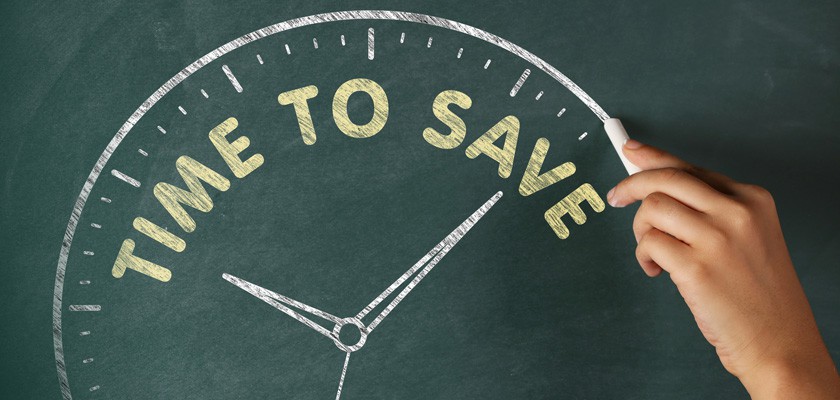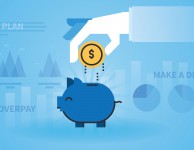Smart Savings: How to Build Up a Solid Savings Plan
Wouldn’t it be nice to buy a car outright? A nice shiny and new car that is all yours after signing a contract on the lot? Yeah, we all would love that. But buying a car this way is rarely done. Most people need to take out an auto loan in order to make a car purchase.
When you take out a car loan, you’ll be given an interest rate. This, along with the length of the loan, will determine how big your monthly payments will be. The higher the interest rate, the higher your payments. Here, a look at some tips to help you save more for a better car, easier payment and to implement good savings habits in the future.
More Now, Less Later
There are a few ways to ensure a lower interest rate and to have less expensive monthly payments. One way is to make a bigger down payment.
According to Edmunds, most people try to pay 20 percent of the car’s price upfront. However, some people can’t afford this much money all at once. If you have great credit, you may be able to get a car without paying a single cent before driving off the lot. But this will increase your monthly payments. The less you pay right away, the more you’ll pay in interest over time.
“Most people try to pay 20 percent of the car’s price upfront.”
The solution to this is to save up well in advance of your car purchase. The first thing you should do is create a savings goal. Determine how much you’d want to spend on a car and figure out how much you want to be able to pay upfront. This is the goal you’ll want to work toward.
Create a Budget
The first step in saving a large amount of money is determining how much you can put aside each month without forgoing necessities, like rent, groceries, utilities and existing debt payments. Calculate how much you take home every month. Then calculate how much you spend on essentials and how much you spend on entertainment and spontaneous purchases. Subtract your monthly spending from your monthly gross income to see how much you typically have left over at the end of the month.
Chances are, there are some areas that you can alter to maximize your savings. Perhaps you have a habit of buying lunch from your favorite restaurant several times a week. Instead, try packing lunches. If you’re an early-morning coffee drinker, fill your cup at home or office instead of standing in line at your go-to cafe. Limit your spending on the weekends by paying with cash instead of a card. When your allotted cash is gone, put your wallet away.
Get in the Habit
Stopping yourself from spending money can be difficult if everything is kept in the same account. Open a savings account with an interest rate so you can start building your new car fund there. It’s out of reach when you’re feeling spontaneous but easily accessible when it’s time to make the purchase.
At the beginning of every month, move the amount you’ve decided to pay into your car fund to your savings account. If you’re forgetful, or if you tend to still have money left over at the end of the month, you can automate this process, Bank of America pointed out. Set up an automatic transfer that will sweep your remaining balance into your savings account, just in time for your next paycheck to come in.
Consider a CD
There are many ways to make your money grow, but if you want to buy a car in the next year or two, you’ll want to keep your money fairly liquid. A savings account is a great way to do this, but the interest rates on these are often tiny and you may not see much improvement if the money is only kept in it for a small period of time. A certificate of deposit can increase your savings a little bit faster, but your savings won’t be touchable until a certain amount of time has passed. If you think you can hold off on your car purchase for at least a year, it might be worth your while.






